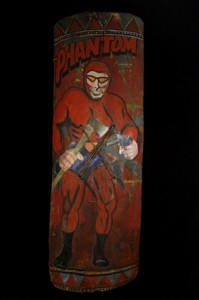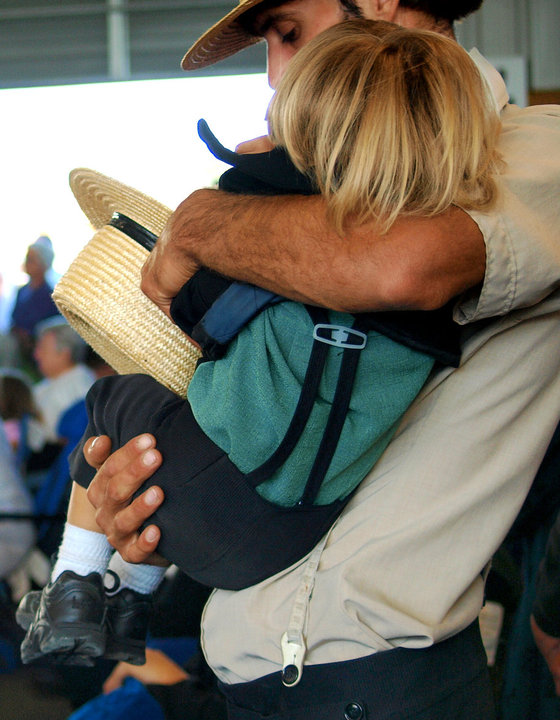 A few days ago, while idly surfing the net, I stumbled upon a photograph that seemed to come from another world, a place much more surreal and interesting than the one I inhabit. The photo in question showed a traditional fighting shield from highlands of Papua New Guinea. But it wasn’t the shield that caught my attention. It was the artwork. The maker had painted the Phantom on it, a comic-strip character created in the 1930s by American artist Lee Falk. And the superhero on the shield clearly meant business. He held an axe in one hand, a revolver in the other.
A few days ago, while idly surfing the net, I stumbled upon a photograph that seemed to come from another world, a place much more surreal and interesting than the one I inhabit. The photo in question showed a traditional fighting shield from highlands of Papua New Guinea. But it wasn’t the shield that caught my attention. It was the artwork. The maker had painted the Phantom on it, a comic-strip character created in the 1930s by American artist Lee Falk. And the superhero on the shield clearly meant business. He held an axe in one hand, a revolver in the other.
The idea of the Phantom fighting off evil in Papua New Guinea fascinated me, so I began digging around, trying to piece together the anthropological backstory. I was pretty certain there was one.
And I was right. Continue reading
 At 5:04 p.m. on October 17, 1989, two decades after he served as a combat soldier in Vietnam, Lance Johnson felt the tremors of San Francisco’s Loma Prieta Earthquake from his apartment in Marin County. He took his cup of coffee to the couch, switched on the news and saw a live feed of the fire and destruction happening 40 miles south. Suddenly, he was hit with some of the common symptoms of post-traumatic stress disorder (PTSD). As he recalls: Someone tripped a switch in my head, and instantly, I was back in Vietnam. In my mind, the concept of time suddenly meant nothing, and I traveled a wormhole in space from San Francisco to twenty years earlier in Southeast Asia. Panic. I didn’t know what to do.*
At 5:04 p.m. on October 17, 1989, two decades after he served as a combat soldier in Vietnam, Lance Johnson felt the tremors of San Francisco’s Loma Prieta Earthquake from his apartment in Marin County. He took his cup of coffee to the couch, switched on the news and saw a live feed of the fire and destruction happening 40 miles south. Suddenly, he was hit with some of the common symptoms of post-traumatic stress disorder (PTSD). As he recalls: Someone tripped a switch in my head, and instantly, I was back in Vietnam. In my mind, the concept of time suddenly meant nothing, and I traveled a wormhole in space from San Francisco to twenty years earlier in Southeast Asia. Panic. I didn’t know what to do.*


